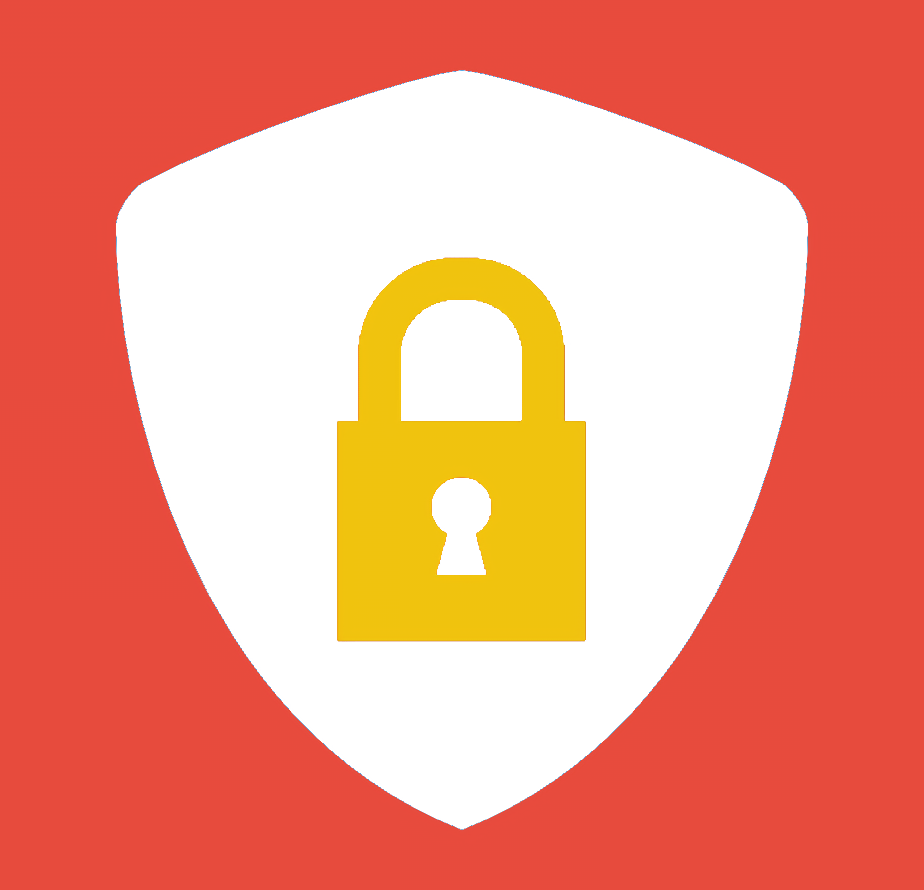Mastodon: https://toot.cafe/@pimterry
- 4 Posts
- 6 Comments

 131·1 year ago
131·1 year agoPreviously any user could modify these certs directly, even on vanilla OS images from Google themselves, without installing Magisk or any tools at all, just by writing to disk. Right now, that’s widely used and included in the setup guides for lots & lots of tools. All of that will start breaking for users when Android 14 arrives.
I totally agree it is possible to work around this restriction, but it’s going to be significantly more complicated, and those changes will only be required because the OS used to let you read & write these files all by yourself, and now it doesn’t.
I don’t think Android should move further in a direction where it’s impossible to directly control anything unless you install a 3rd party modification to the root daemon. That’s not a good result. These are important settings and the OS itself should allow you to control them (behind reasonable safeguards & warnings, but still).

 5·1 year ago
5·1 year agoUnless it’s a fully managed device (different to a work profile - this has to be configured when the device first boots, it’s for phones that are fully corporately owned & managed) then I think that has to be acting as a user-level CA certificate (trusted only by apps who opt in to trust it, which notably includes Chrome) not a system-level CA certificate (trusted by all apps by default). That will keep working just fine.

 161·1 year ago
161·1 year agoFully managed corporate devices can do this, there’s a separate mechanism for that: https://developers.google.com/android/work/requirements/fully-managed-device
This only works when the corporation fully manages the device though - not for normal work profiles. It’s only possible to enable that setup when the device OS is initially installed, and the resulting device is controlled 100% by an IT administrator. It’s not something you can do for your own device, and even for small companies it’s quite complicated and expensive.
To be clear - even in that world, not having WEI would make you much more suspicious than a ‘normal’ user, so you’re effectively describing every Firefox and/or Linux (etc) user seeing captchas all the damn time. If Cloudflare used this as a signal, that’d be a captcha for 20% of websites.
Try using Tor today and see how inconvenient the web becomes. Just ‘not blocked’ doesn’t mean you get a reasonable experience.
The only healthy route for the web is fair access and free competition between clients. WEI sets that on fire.

 1·1 year ago
1·1 year agoWhy?







This is modifying system CA certs on your own device, with root access. There’s plenty of examples in the article, but most commonly you’d want to add your own CAs so that you can intercept and inspect your own network traffic. There’s a wide world of developer/researcher/reverse engineering tools that do exactly that, there’s a demo here: https://httptoolkit.com/android/
It could plausibly be malicious, but it requires direct root access on the device, and if somebody has root access there’s already far more malicious options available to them so it’s not a meaningful threat in any sense.